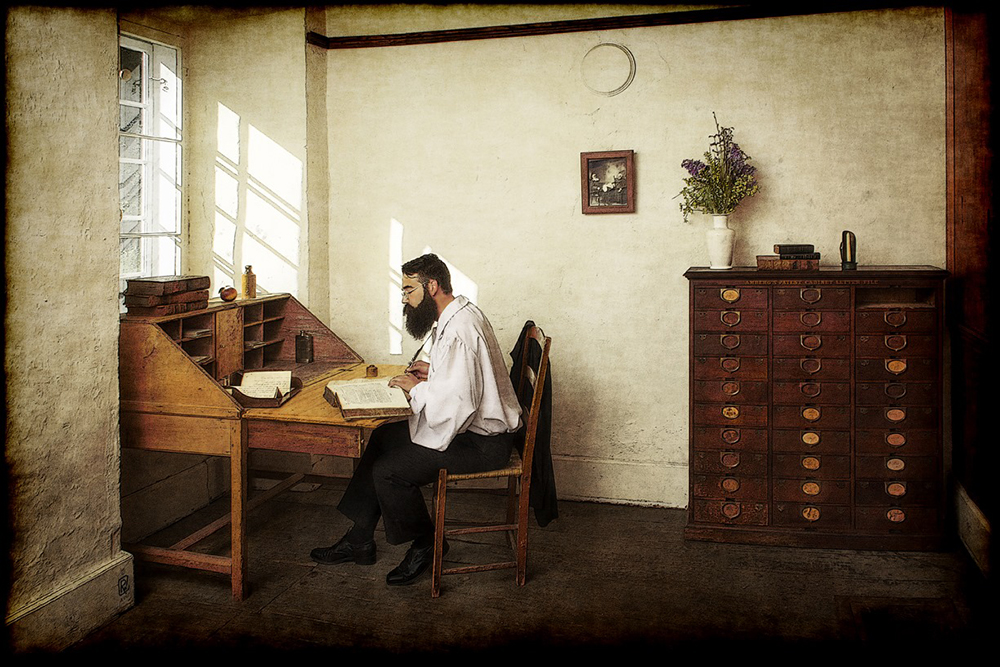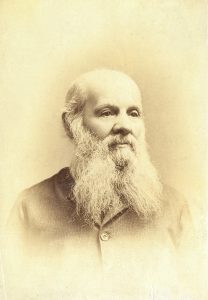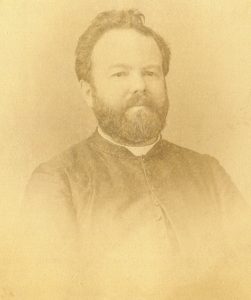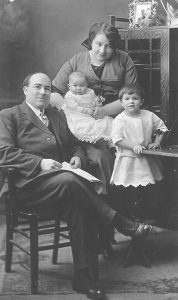Notaries, archivists of the past
A century later, three generations follow in the footsteps of their ancestor
For a long time, the notarial profession was only accessible to men. Throughout the ages, notaries have been mandated to put in writing and record all transactions between two parties. These well archived documents have become an inexhaustible source of information to trace the history of individuals and nations.

François-Georges, Alfred-Narcisse and Georges-Marie followed in Michel’s footsteps and became notaries.
But not everyone can practise the noble profession of royal notary. In addition to being able to read and write, the candidate had to meet certain conditions, the first of which requiring that he be over 25 years old. Then he had to acquire another notary’s office, either through retirement, or through inheritance. The candidate then had to receive a notification of appointment from the king and be approved by the city’s notarial community. He was also expected to have clerked for another notary and thereby gained some knowledge of the profession. Lastly, he was subjected to an investigation of his “moral conduct and character” and had to be a good Catholic! Royal notaries performed tasks typical of their profession (drafting contracts, wills or other documents that required an appearance of authenticity), but differed from other notaries (apostolic and seigneurial) because they are appointed by the king.
In the 19th century, a few generations after Michel LePailleur, his great-grandson François-Georges also became a notary. After studying at Collège de Montréal, he began practising in Boucherville in 1807. There, he took young clerk Luc Vignau under his wing. In 1820 he established his office in Châteauguay, where he had just moved with his second wife. In addition to receiving several clients, he welcomed two new clerks to his office: Marc-Antoine Primeau and future patriot Joseph-Narcisse Cardinal. François-Georges remained as notary in Châteauguay until his death in 1834.
His son Alfred-Narcisse decided to take on his father’s mantle. After his studies at the Collège de Montréal, he began clerking with notary Joseph-Augustin Labadie around 1848. Once he reached 25, he began his professional practice. In 1855, Alfred-Narcisse moved into his father’s old office after his mother transferred the family estate to him. He practised there until the early 1890s when he moved to Lachine.
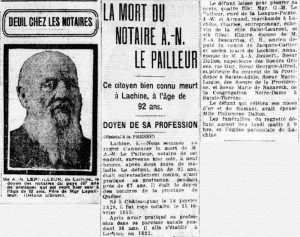
Newspaper clipping from La Presse reporting the death of Alfred-Narcisse LePailleur, February 5th, 1920.
Although he was in his sixties by then, he did not retire. He continued his career and built a new clientele while taking care of some clients in Châteauguay, making frequent trips back and forth. During his 67-year career, he signed roughly 7,500 minutes as a notary.
None of his children officially chose to follow in his professional footsteps. Nevertheless, Bishop Georges-Marie LePailleur, one of his sons, became an apostolic notary. This title was granted to certain members of the clergy who were in charge of recording ecclesiastical or spiritual acts (e.g., goods used to finance ecclesiastical offices such as bishoprics and clergy).
Appointed by a bishop or an archbishop, these men did not always remain within the boundaries of the spiritual domain and sometimes encroached on royal notaries’ duties.
In the end, after these three generations, the LePailleur family gradually lost interest in the notarial profession and pursued other professional avenues. Only Théophile Descarries, Alfred-Narcisse’s grandson, chose a profession in the legal field and became a lawyer.


